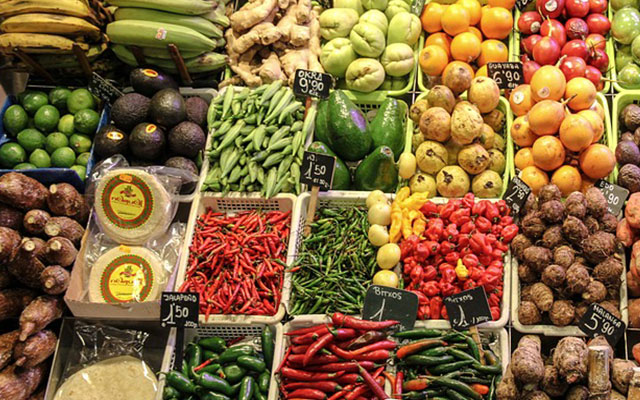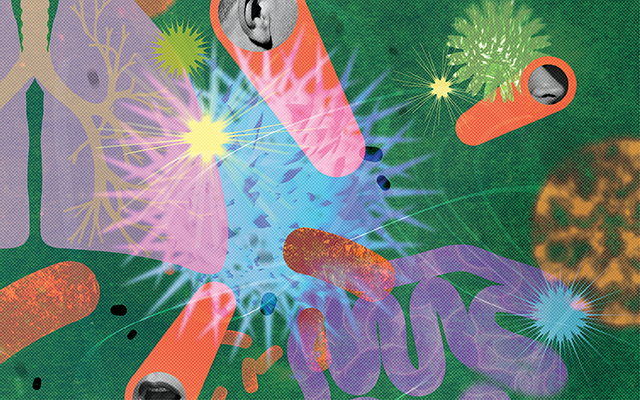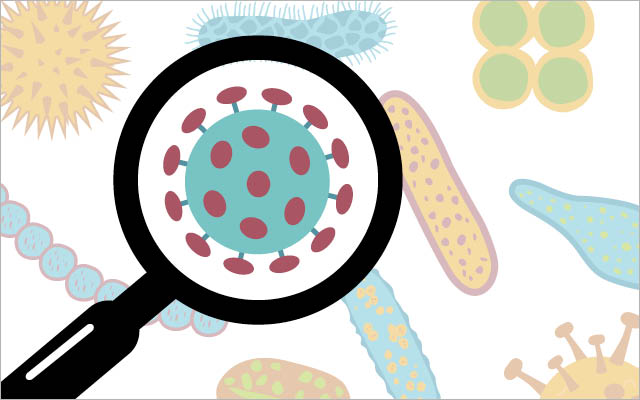It’s no mystery that a subpar diet can lead to obesity, type 2 diabetes, and a variety of gastrointestinal issues, but a new study suggests that it’s primarily a lack of diversity in our diet that may be driving this trend. The solution: Shake up your menu.
Due to evolving agricultural practices over the past half century and, more currently, climate change, the vast majority — some 75 percent — of the world’s population subsists on only five animal species and only 12 types of plants. This has played havoc with our microbiome, says Mark Heiman, chief scientific officer at MicroBiome Therapeutics. Speaking at the recent Institute of Food Technologists conference in Chicago, Heiman argued that our tendency to stick to the same basic meals (rice, maize, and wheat, for example, account for about 60 percent of all the calories derived from plant sources) can compromise our gut’s ecosystem and lead to chronic diseases.
“Like any ecosystem, the one that is most diverse in species is the one that is going to be the healthiest,” Heiman said. “In almost every disease state that has been studied so far, the microbiome has lost diversity. There are just a few species that seem to dominate.”
Heiman and his research team tested the microbiomes of study subjects suffering from prediabetes and type 2 diabetes and found they differed from healthy subjects. And by adding a combination of inulin, beta glucan, and antioxidants to their diet, Heiman was able to shift their gut ecosystems, which resulted in health benefits that included improved glucose control.
Having shown that dietary changes could shift the makeup of the microbiome, Heiman and his team went back to the lab to see whether specific foods could have the same effect. They fed obese lab mice a formulation of heirloom soybean pods and saw their microbiomes change, leading to improved health benefits.
“Think about diets and think about foods you eat,” Heiman said. “How can we get more diversity into our diets?”
For more on the workings of the microbiome, see “Your Microbiome: The Ecosystem Inside” in the June 2013 issue.




This Post Has 0 Comments